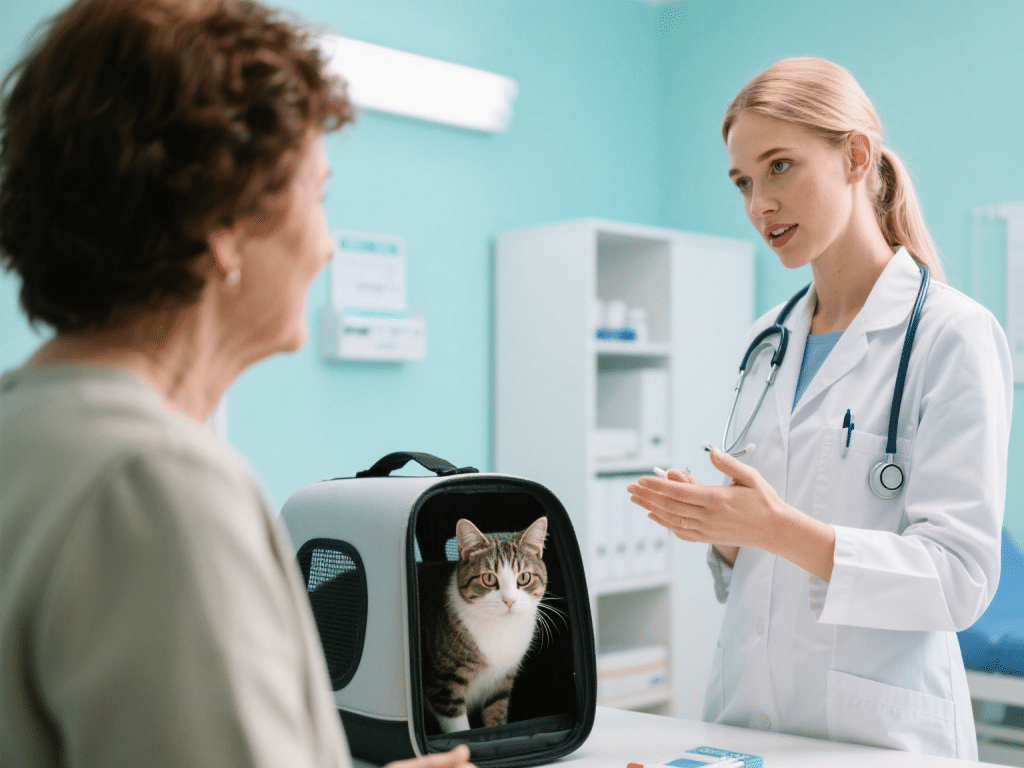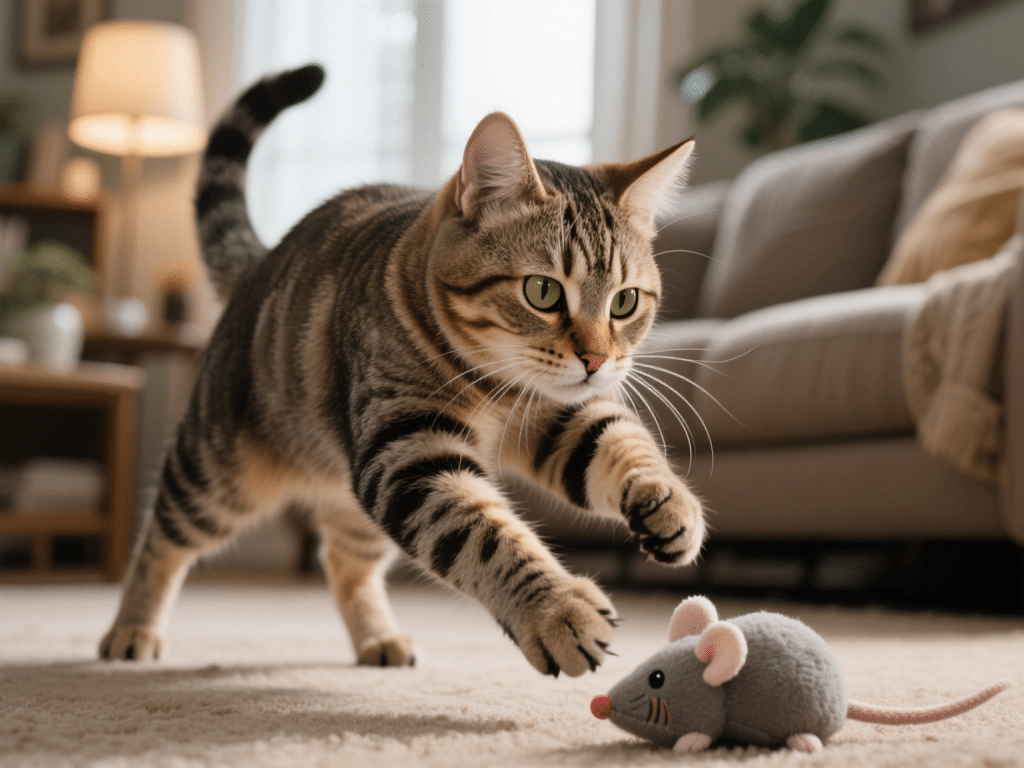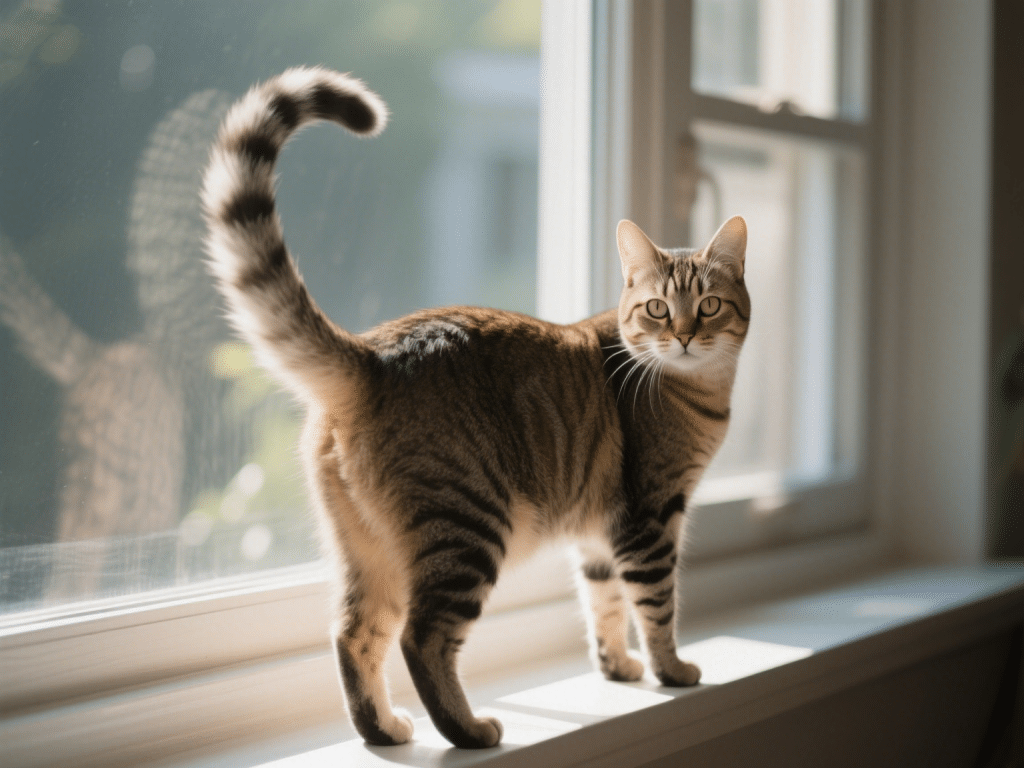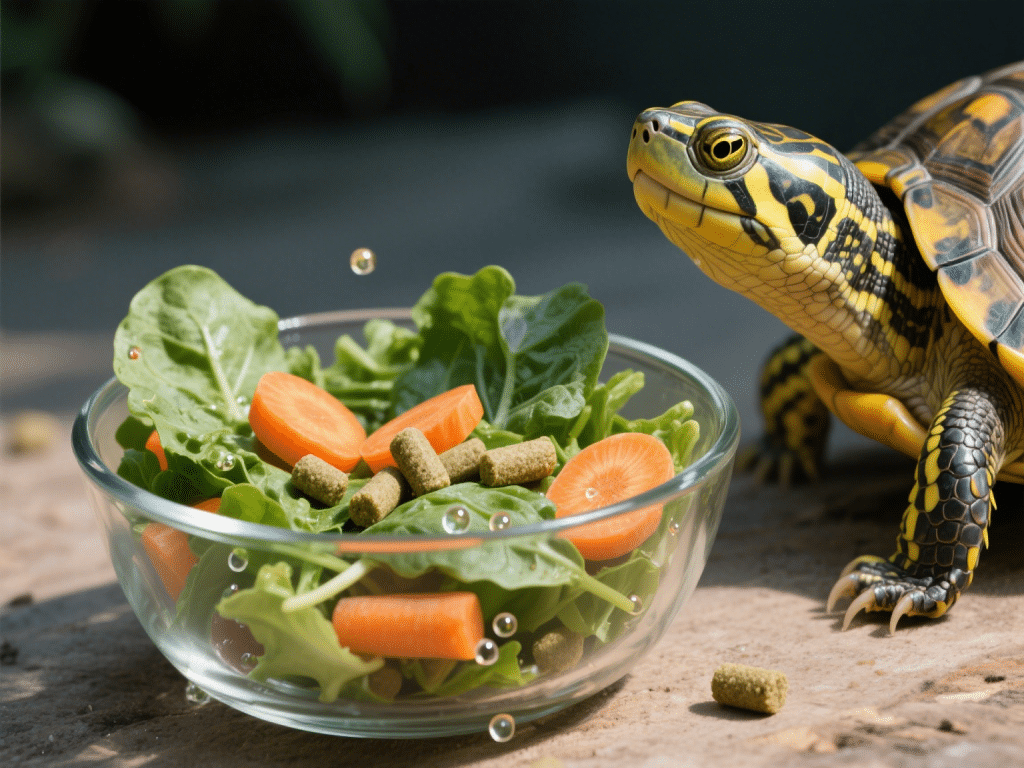
Introduction
Feline diabetes mellitus is a common endocrine disorder characterized by insufficient insulin production or insulin resistance, leading to chronically elevated blood glucose. Left untreated, diabetes can cause ketoacidosis, neuropathy, and shortened lifespan. Effective management involves dietary modulation, insulin therapy, routine monitoring, and addressing underlying risk factors like obesity. This article outlines evidence-based dietary adjustments and comprehensive care plans to help diabetic cats achieve remission or stable glycemic control.
1. Pathophysiology of Feline Diabetes
Types of Diabetes in Cats:
Type II (Most Common): Insulin resistance and relative insulin deficiency. Strongly associated with obesity, pancreatitis, and corticosteroid use.
Type I (Rare): Absolute insulin deficiency due to β-cell destruction—less common in felines.
Clinical Signs:
Polydipsia and Polyuria (PU/PD): Excessive drinking and urination due to osmotic diuresis.
Polyphagia: Increased appetite despite weight loss.
Weight Loss and Muscle Wasting: Despite eating normally or voraciously.
Lethargy and Weakness: Resulting from decreased cellular glucose utilization.
Diagnostic Criteria:
Fasting Blood Glucose: >250 mg/dL on two separate occasions.
Fructosamine Levels: Reflects average glucose over previous 2–3 weeks; levels >400–450 µmol/L suggest poor glycemic control.
Urinalysis: Glucosuria and presence of ketones indicate progression toward ketoacidosis.
2. Dietary Adjustments for Diabetic Cats
High-Protein, Low-Carbohydrate (HPLC) Diet:
Rationale: Cats are obligate carnivores; low-carb diets reduce postprandial glucose spikes.
Target Macronutrient Ratios:
Protein: ≥40–50% on a dry matter basis.
Carbohydrates: <10–12%.
Fat: Balanced to maintain ideal body condition; 25–30% recommended.
Wet vs. Dry Food Considerations:
Wet (Canned) Diets: Typically lower in carbohydrates (2–6%) and higher moisture content (70–80%). Preferred for hydration and better glycemic control.
Dry Diets: Many contain 30–50% carbs; less ideal. If using, select a veterinary therapeutic formula specifically designed for diabetic cats with <22% carbohydrates.
Prescription Diabetic Diets:
Hill’s m/d®: 25% protein, 16% carbs (dry matter), formulated to stabilize blood glucose.
Royal Canin Glycobalance®: 45% protein, 26% carbs; designed for postprandial glucose management.
Purina Pro Plan Veterinary Diets DM®: 45% protein, 14% carbs; high protein, moderate fat diet.
Feeding Schedule and Portion Control:
Consistent Meal Times: Offer measured meals at 12-hour intervals to synchronize with insulin dosing.
Avoid Free Feeding: Eliminates unpredictability in glucose levels.
Calculate Ration: Use body weight and ideal body condition score (BCS) to determine daily caloric intake. Example:
Ideal Body Weight: 10 lbs (4.5 kg)
Maintenance Calories: 35 kcal/kg × 4.5 kg = ~158 kcal/day
Adjust according to activity and age.
Weight Management:
Obese Cats: Aim for gradual weight loss of 0.5–1% body weight/week to avoid hepatic lipidosis.
Underweight Cats: Offer calorie-dense HPLC meals; consider supplementing with palatable, protein-rich broths or adding small amounts of cooked egg white.
3. Insulin Therapy Protocols
Types of Insulin for Cats:
Glargine (Lantus®): Long-acting, peakless; often dosed twice daily.
Detemir (Levemir®): Similar to glargine; may have more pronounced peak effect.
PZI (Protamine Zinc Insulin™): Intermediate-acting; requires twice-daily dosing.
Initiating Insulin:
Starting Dose: 0.25 units/kg subcutaneously every 12 hours for glargine/detemir.
Vial Preparation: Gently roll vial to mix; avoid shaking to prevent bubble formation.
Injection Technique:
Administer in scruff of neck or flank; pinch skin to form a tent.
Insert needle at 45° angle; inject slowly.
Rotate injection sites to prevent lipohypertrophy.
Monitoring and Dose Adjustment:
Blood Glucose Curves (BGC):
After 1 week of therapy, perform a 12-hour BGC.
Measure glucose every 2 hours; identify nadir (lowest point).
Aim for nadir between 80–150 mg/dL.
Fructosamine Rechecks:
Recheck every 4–6 weeks to assess longer-term control.
Hypoglycemia Alert:
Signs: Shaking, weakness, ataxia, seizures.
Immediate Action: Feed small meal or 1 tsp corn syrup orally; contact veterinarian for dose adjustment.
Dose Adjustment Algorithm:
If nadir >200 mg/dL consistently, increase dose by 0.5 units per injection.
If nadir 60–80 mg/dL, decrease dose by 0.25 units.
If hypoglycemia (<60 mg/dL), hold insulin and feed small meal; consult veterinarian.
4. Home Monitoring and Owner Involvement
Home Blood Glucose Monitoring:
Portable Glucometer: Use veterinary-validated meters (e.g., AlphaTRAK®). Human glucometers are not reliable for cats.
Sampling Technique:
Clip small patch of hair on inner ear or pad; swab with alcohol to cleanse.
Use a lancet to obtain blood drop; apply to test strip.
Frequency:
Initial stabilization: check before morning insulin and before evening insulin over 3 days.
Once stable: perform weekly spot checks or monthly curves.
Urine Glucose Monitoring (Supplemental):
Use test strips to detect glucosuria; if negative despite high blood glucose, may indicate renal threshold issues—consult veterinarian.
Monitor for ketones; presence indicates poor metabolic compensation; requires immediate vet intervention.
Owner Logs and Record-Keeping:
Track meal times, insulin doses, blood glucose readings, and any anomalies (vomiting, decreased appetite).
Maintain a shared log with your veterinarian to facilitate data-driven adjustments.
Recognizing and Preventing Hypoglycemia:
Always have a “hypo kit” (corn syrup, honey, or Glucotabs) on hand.
Schedule veterinary contact if episodic weakness occurs.
Educate all household members on signs and emergency measures.
5. Lifestyle and Environmental Considerations
Stress Management:
Minimize stressful events: loud noises, frequent house guests, or changes in routine can spike cortisol, raising blood glucose.
Provide safe, quiet spaces and enrichment activities (puzzle feeders) to reduce stress-related hyperglycemia.
Concurrent Health Conditions:
Obesity: Collaborate with your veterinarian to design weight-loss plans before or during diabetes management.
Pancreatitis: May exacerbate insulin resistance; dietary fat content should be moderate (15–20%).
Hyperthyroidism: Treat concurrently; hyperthyroid cats often develop secondary diabetes, but treatment may reverse diabetes status.
Neutering and Age Factors:
Unspayed female cats spayed may experience improved glycemic control due to hormonal balance.
Senior cats may have comorbidities—tailor plans to individual health status.
6. Advanced Therapies and Remission Possibilities
Diet-Induced Remission:
Up to 80% of newly diagnosed diabetic cats fed an HPLC diet and administered glargine may achieve remission within 2–4 months.
Criteria: Cat off insulin with fasting blood glucose consistently <150 mg/dL and normal fructosamine.
Pancreatic Transplant (Experimental):
Rare and high-risk procedure; generally not recommended in typical practice.
Research ongoing in immunomodulation and stem cell therapy—consult specialty centers if interested.
Continuous Glucose Monitors (CGMs):
Devices like FreeStyle Libre: sensor placed subcutaneously; provides interstitial glucose readings every 15 minutes for 14 days.
Advantages: Captures trends, minimizes stress from frequent ear prick.
Limitations: Costlier; not universally available; requires scanning device and training.
Conclusion
Managing feline diabetes demands a holistic approach: implement a high-protein, low-carbohydrate diet; initiate and titrate insulin carefully; perform regular monitoring; and address concurrent health conditions. With consistent owner involvement—maintaining logs, monitoring glucose at home, and ensuring stress-free routines—many diabetic cats can achieve stable glycemic control or even remission. Close collaboration with your veterinarian, supplemented by advanced tools like CGMs and tailored nutritional therapy, offers diabetic cats the best chance at a long, healthy life.









Comments on " Understanding Feline Diabetes: Dietary Adjustments and Care Plans" :